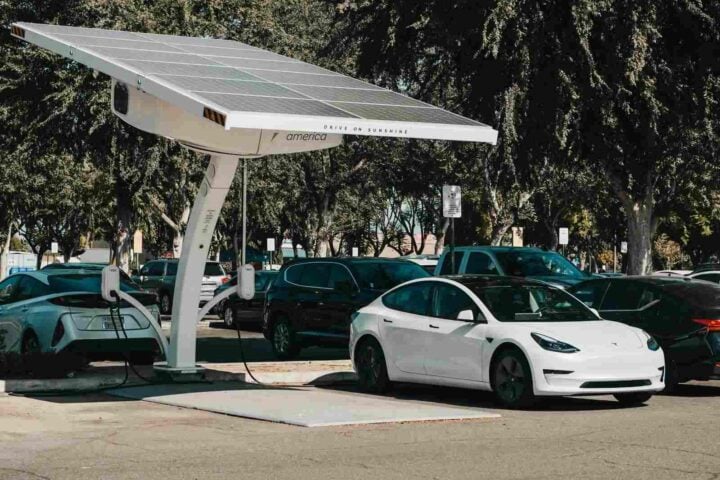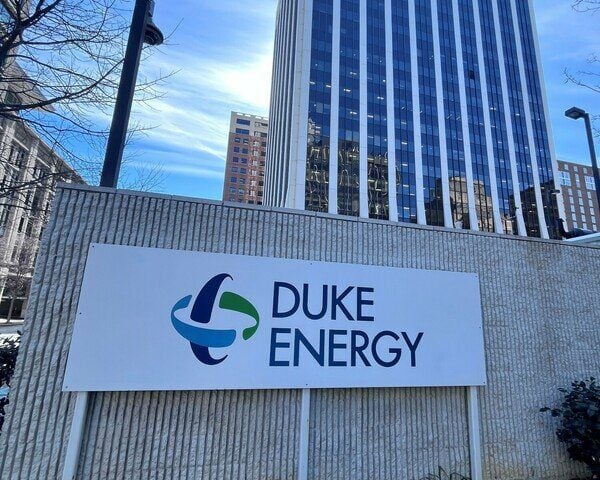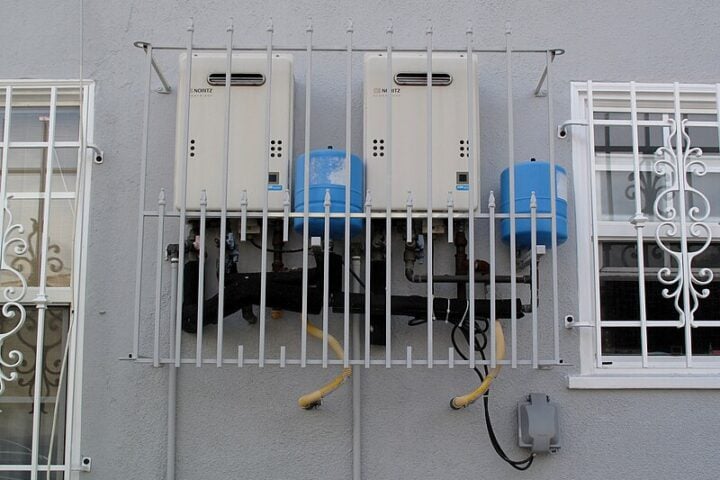The Superconductor Odyssey Continues: Unraveling the “LK 99” Enigma
In the ever-evolving landscape of scientific discovery, the quest for room-temperature superconductors has long been a beacon of hope and challenge. The potential of these materials to revolutionize our technological infrastructure is unparalleled. The recent buzz around the “LK 99” superconductor has added a new chapter to this saga, blending hope with rigorous scientific scrutiny.
Superconductivity: A Brief Primer
At its core, superconductivity is the phenomenon where certain materials, when cooled below a specific threshold, can conduct electricity without any resistance. This promises a future where electrical inefficiencies are minimized, and power loss becomes obsolete. However, the caveat has always been the temperature. Traditional superconductors operate at temperatures nearing absolute zero, making them impractical for most applications.
The Ongoing Pursuit of Warmer Superconductors
The scientific community has been engrossed in this challenge for decades, aiming to find materials that can exhibit superconductivity at more feasible temperatures. The closest we’ve come is with specific hydrogen sulphide compounds, which, under high pressures, can superconduct at around -70°C. A commendable achievement, yet room temperature remains the ultimate goal.
Enter “LK 99”: A Potential Breakthrough or Just a Mirage?
Recent whispers in the scientific community hint at the discovery of “LK 99”, a material purportedly capable of room-temperature superconductivity. Such a discovery could have profound implications, from reshaping our energy sector to pioneering advancements in medical technology. However, as of September 2021, the scientific community remains cautious. The reason? A lack of peer-reviewed research and concrete evidence supporting these claims. In the world of science, empirical evidence is king, and as of now, “LK 99” remains an enigma.
New Insights from Recent Research
A recent study titled “The First Room-Temperature Ambient-Pressure Superconductor” sheds more light on the “LK 99” mystery. According to the research, for the first time, a room-temperature superconductor with a modified lead-apatite (LK-99) structure was synthesized. This superconductivity is attributed to minute structural distortions caused by the substitution of Cu^2+ ions in place of Pb^2+ ions. This distortion leads to the creation of superconducting quantum wells in the interface. LK 99’s unique structure, which allows for these minute distortions, is highlighted as the primary reason for its room-temperature superconductivity.
Similar Post
The Potential Impact of “LK 99”
Should “LK 99” live up to its claims, the implications are vast:
- Energy Revolution: Our current power grids, plagued by inefficiencies, could see a significant reduction in energy wastage.
- Medical Advancements: MRI machines, which currently rely on expensive cooling mechanisms, could become more affordable and accessible.
- Transportation Transformation: Maglev trains could become a more common sight, providing a cleaner, faster mode of transport.
- Electronics Evolution: The dawn of superconducting materials could lead to a new era of faster, more efficient electronic devices.
The Path Forward
The allure of “LK 99” is undeniable, but it’s essential to approach such claims with a blend of optimism and skepticism. As the world eagerly awaits more concrete evidence, the story of “LK 99” serves as a testament to humanity’s unyielding drive for knowledge and progress. Whether it emerges as a groundbreaking discovery or fades into the annals of scientific history, its journey underscores the essence of scientific exploration.


















